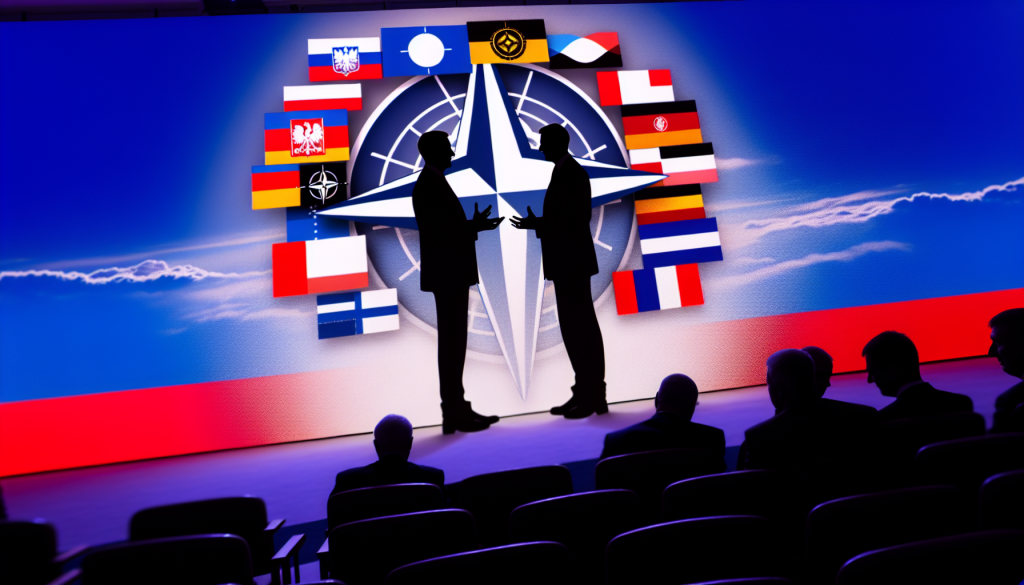Polish Airspace Violated: The Implications of Russian Drone Incursions
The Incident That Shook NATO
In a dramatic escalation of tensions in Eastern Europe, Polish Prime Minister Donald Tusk recently announced that Polish airspace had been violated by an unprecedented number of Russian drones. This situation marks a significant moment in Europe’s ongoing geopolitical struggles, prompting responses from NATO and raising alarms about regional security.
The Circumstances of the Breach
During a major air attack on western Ukraine, 19 Russian drones entered Polish territory, many reportedly coming from neighboring Belarus. The Polish air defenses, equipped and supported by NATO allies, acted quickly, successfully downing three of these drones. This quick response underscores the seriousness of the violation and the readiness of Poland to take decisive action.
A Historic Moment for NATO
The breach represents no ordinary violation; it’s the first time a NATO member has actively fired during Russia’s ongoing conflict in Ukraine, which has elevated concerns about the potential for a wider conflict. Prime Minister Tusk characterized the situation as “the closest we have been to open conflict since World War II.” Despite this, he stressed that there was no immediate reason to believe a war was imminent.
International Reactions
The incident triggered an immediate diplomatic response. U.S. Ambassador to NATO, Matthew Whitaker, assured that the U.S. stands ready to defend “every inch” of NATO territory, emphasizing the alliance’s commitment to collective defense. Other NATO allies, including the UK and Canada, condemned Russia’s actions, highlighting the necessity of solidarity among member states.
Ukrainian President Volodymyr Zelensky also urged European nations to enhance their air defense systems, suggesting the creation of a joint air shield over the continent to counter future incursions effectively.
Russia’s Defense and Denials
In a twist, Moscow has denied allegations of responsibility for the drone incursions, labeling accusations as “myths.” Russia maintains that its military objectives were solely aimed at Ukrainian targets, asserting a lack of intention to strike Polish territory. This denial has danced dangerously close to geopolitical brinkmanship, as Western governments push back against such narratives.
Article 4 Activated
Following the breach, Prime Minister Tusk invoked Article 4 of the NATO treaty, which allows a member state to request consultations when it feels its territorial integrity is threatened. This activation exemplifies the seriousness with which Poland is treating the incident, underscoring the potential for further escalation in relations between NATO and Russia.
The Broader Implications for European Security
The drone invasion raises larger questions about airspace sovereignty and military accountability in Europe. With security concerns rife, there’s an urgent need for NATO to reassess its operational protocols in Eastern Europe. The incident may pave the way for enhanced military cooperation between NATO countries, as they work to fortify defenses against a backdrop of increasing Russian aggression.
Ongoing Developments
As discussions continue at the highest levels of government, including talks between Donald Trump and Polish President Karol Nawrocki, the global community watches intently. The situation remains fluid, and every development threatens to alter the landscape of European and global security.
Conclusion: A Region on Edge
With rising tensions, increasing military readiness, and a solidified united front among NATO members, Europe finds itself in a precarious situation. The actions taken in the coming days and weeks may be pivotal in defining not just Poland’s security policy but the entire Western alliance’s approach to the ongoing conflict in Ukraine. As all eyes turn to this region, one thing is clear: the stakes have never been higher.

